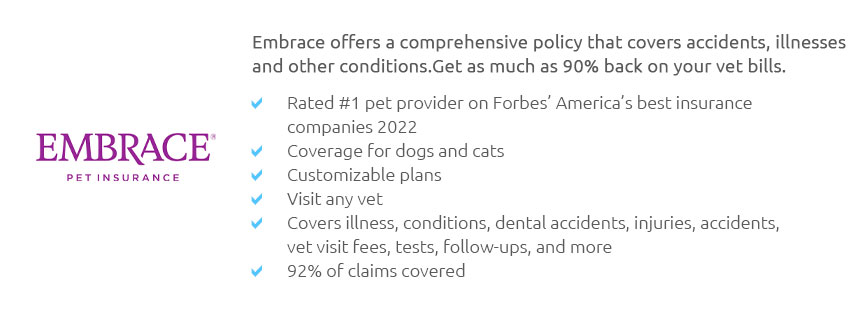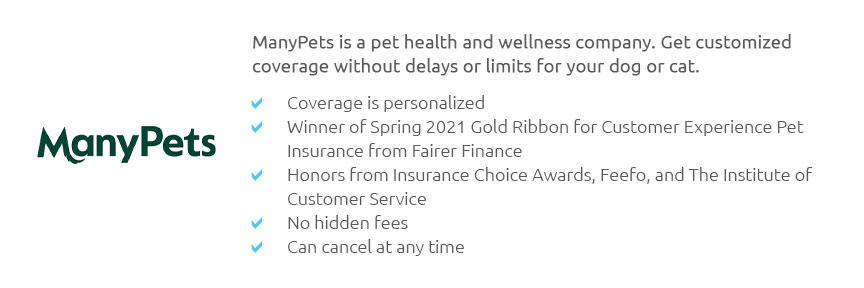 |
 |
 |
 |
 |
 |
|
 |
|
 |
|
 |
|
 |
|
 |
 |
 |
 |
 |
 |
 |
 |
No Waiting Period Pet Insurance: What to ConsiderPet insurance is rapidly becoming a staple in responsible pet ownership, providing a safety net that can transform a daunting vet bill into a manageable expense. However, the notion of 'no waiting period pet insurance' has captured the curiosity of many, as it promises immediate coverage without the traditional delay period. While this sounds ideal, there are several aspects to weigh carefully before diving in. First and foremost, understanding what 'no waiting period' actually entails is crucial. In the realm of insurance, a waiting period is the time span between when your policy starts and when you can begin making claims. Typically, these waiting periods range from a few days to several weeks, depending on the type of coverage and the insurer. Eliminating this wait might seem attractive, especially if your pet has pre-existing conditions or is prone to accidents. However, the catch often lies in the fine print and the cost.
Beyond these primary considerations, reflect on your pet's health history and lifestyle. If your pet is generally healthy and young, the urgency of immediate coverage might not be necessary, allowing you to opt for policies with standard waiting periods that might be more economically feasible. However, if your pet is older or has a more active lifestyle that could lead to accidents, the benefits of no waiting period insurance could outweigh the costs. Ultimately, the decision to pursue no waiting period pet insurance should be guided by a balanced assessment of your pet’s needs, your financial situation, and the thoroughness of the policy's terms. While the allure of instant coverage is strong, ensuring it aligns with your overall insurance strategy is key to making a sound decision. Remember, insurance is not just a financial tool; it’s a commitment to the well-being of a beloved family member. https://erika.com/best-pet-insurance-with-no-waiting-period/
Best Pet Insurance With No Waiting Period in February 2025 - Overview of the Best Pet Insurance With No (or Short) Waiting Periods - Best for No ... https://www.pumpkin.care/blog/pet-insurance-with-no-waiting-period/
With Pumpkin Pet Insurance plans, the waiting period is the same for all accidents & illnesses a short 14 days. This includes hip dysplasia, ... https://trupanion.com.au/edo-faq/
Once the Exam Day Offer is activated, there are no waiting periods for coverage. If a pet owner makes a claim during the 30-day period, will that condition be ...
|